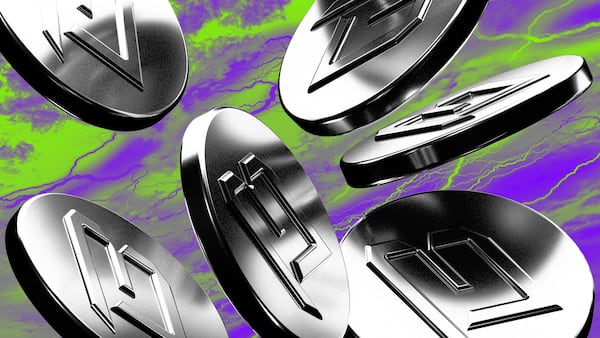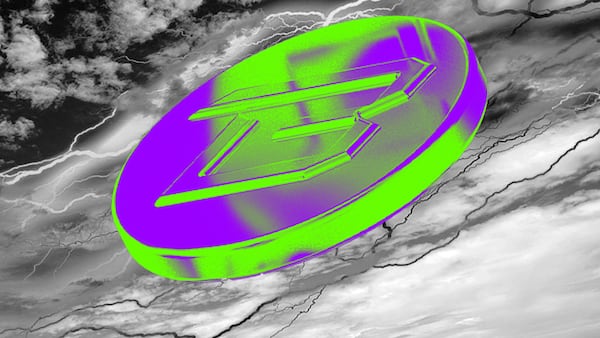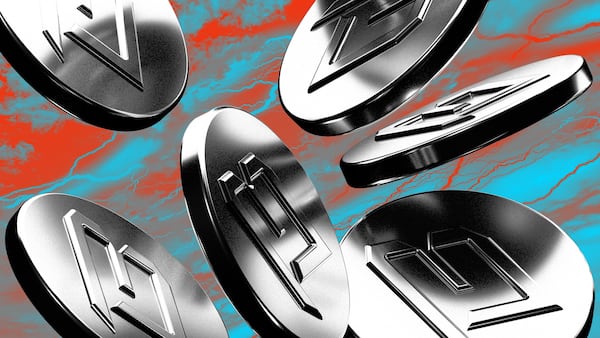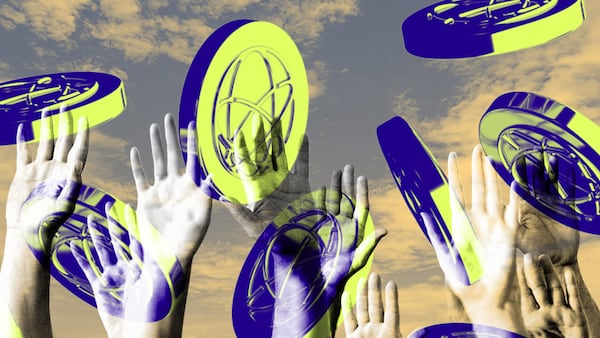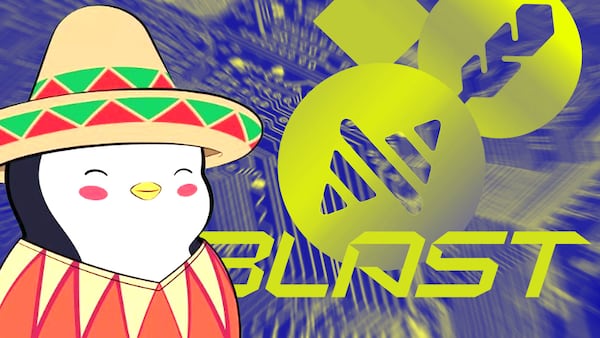- Manta Network has concluded its token airdrop.
- Many of those who participated in the airdrop leveled harsh criticism against Manta in the aftermath.
- Rare NFTs, which previously traded for over $1,000, yielded just $132 worth of MANTA tokens.
Participants of Manta Network’s airdrop are feeling shortchanged after receiving far fewer tokens than they expected.
Those who took up Manta’s offer to lock their funds on its Ethereum layer 2 blockchain found out that in many cases, the value of their rewards didn’t even cover their transaction costs.
Other hopeful airdrop hunters spent thousands of dollars collecting Manta NFTs to boost their airdrop. But when Manta revealed how many tokens each NFT was worth, it became clear the market had hugely overvalued them.
“People had too high expectations,” CC2, a pseudonymous trader known for his serial airdrop farming, told DL News. “People gobbled up the more expensive NFTs, expecting a massive payout, and that’s where the disappointment stems from.”
The episode highlights how promising airdrops of valuable tokens to users is a delicate balancing act for crypto projects.
Many of those who participated in Manta’s airdrop blame the project for creating a complex airdrop system which they say was designed to lure users into locking up their funds with the promise of valuable tokens.
Dozens of airdrop participants took to Manta’s X post to complain about the airdrop. Quips such as “the worst airdrop ever,” littered the comments.
But others say the fault lies with overzealous airdrop hunters piling into Manta without considering the downsides of doing so.
Manta Network declined to comment on this story.
Manta’s ‘complex’ airdrop
Participants of Manta’s airdrop could earn tokens in multiple different ways, such as contributing to the network’s Polkadot parachain or completing the project’s Galxe campaigns.
But on December 14, Manta introduced a way to earn points — a popular idea which typically hints that a project is preparing for an airdrop.
To earn points, users needed to bridge funds to Manta’s Ethereum layer 2 blockchain, Manta Pacific, where they would receive equivalent tokens that represented their bridged funds.
The more users bridged, the more points they would receive — but there was a catch. The equivalent tokens could not be bridged back.
For every 25 points users accumulated they were rewarded with a treasure chest that could contain an NFT of one of six rarities. These NFTs could be bought and sold on the secondary market. Manta told users that collecting NFTs would make users eligible for an additional 20 million token airdrop.
“It was not clear how much the six rarities buckets would get individually, so it was difficult to price them,” USD Denominated, a pseudonymous crypto researcher who took part in Manta’s airdrop, told DL News.
In the end, Manta allocated most tokens to those who owned the more common lowest rarity NFTs, USD Denominated said.
The highest rarity NFTs, which previously traded hands for over $1,000 each, only yielded 60 Manta tokens, worth approximately $132.
“The whole thing was quite complex, the rules were vague and new rules were introduced along the way, leading speculators to get burned on multiple occasions before the coin even launched,” USD Denominated said.
DL News asked Manta if it was concerned that its points system had created false expectations among its community. Manta declined to comment.
‘Manta are farming users’
Manta revealed how many tokens each airdrop participant was set to receive on January 17. The backlash from Manta’s community was severe.
“It seems that new protocols like Manta are farming users more than the community is getting rewarded,” Zac Duggan, a Manta user who participated in the airdrop, told DL News.
Duggan said he bridged over one Ether, currently worth around $2,500, to Manta Pacific, paying $40 in transaction fees to do so. He said he received only 13 MANTA tokens, worth around $28, for his effort.
Terry Junior, another user who bridged just over $5,000 worth of tokens, told DL News he was also unhappy with his 13 MANTA token reward.
The reason many airdrop participants received so few tokens is because they bridged funds very close to the closing date of the airdrop, leaving little time to accumulate points.
Manta told users that bridged funds would be locked until March. Many assumed that they would be able to accumulate points up until then.
“They could have simply warned people not to deposit because they knew the closing date,” Junior said.
Accumulating deposits
Manta is not the only crypto project that promised an airdrop to those who lock up their funds.
Blast, another Ethereum layer 2 backed by crypto venture firm Paradigm, launched a similar airdrop system back in November. So far, airdrop hunters have deposited over $1.3 billion to Blast.
Before Manta announced its airdrop, it had taken in over $847 million worth of deposits.
Projects often point to their deposits as a gauge of their success. Others are hoping that by encouraging users to bridge over their funds early they can bootstrap an active DeFi ecosystem.
Despite their success in attracting deposits, such systems have received backlash from the crypto community.
Paradigm’s head of research Dan Robinson has previously said that the decision to not to allow withdrawals “sets a bad precedent.”
According to USD Denominated, projects conducting such airdrops only have one objective: getting as many people to deposit as possible.
Tim Craig is DL News’ Edinburgh-based DeFi Correspondent. Reach out with tips at tim@dlnews.com.

